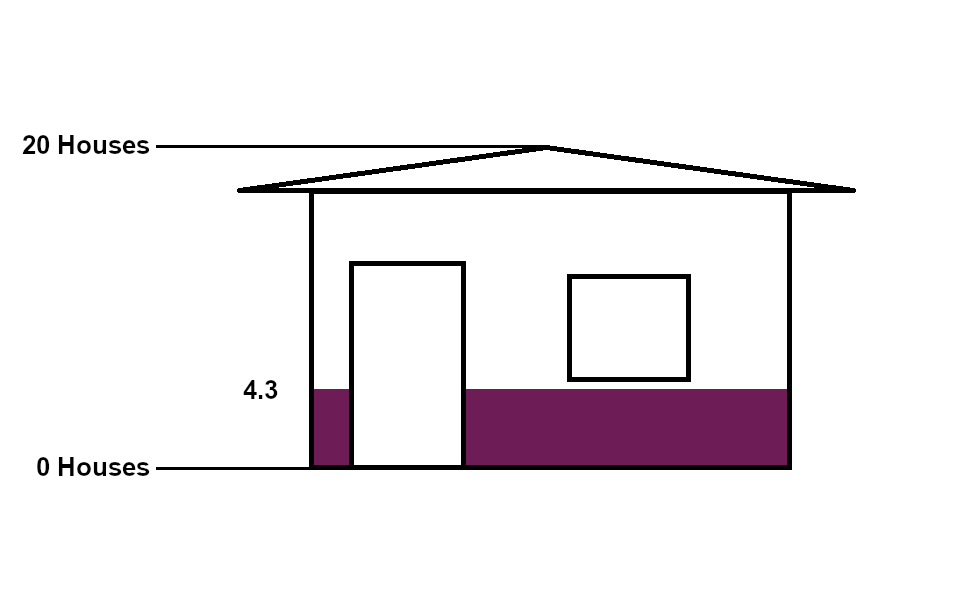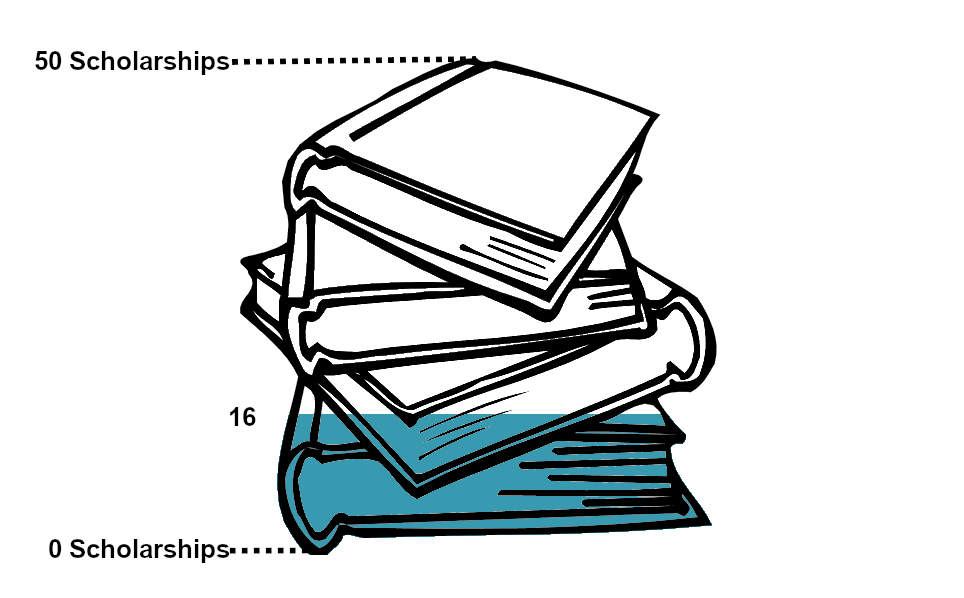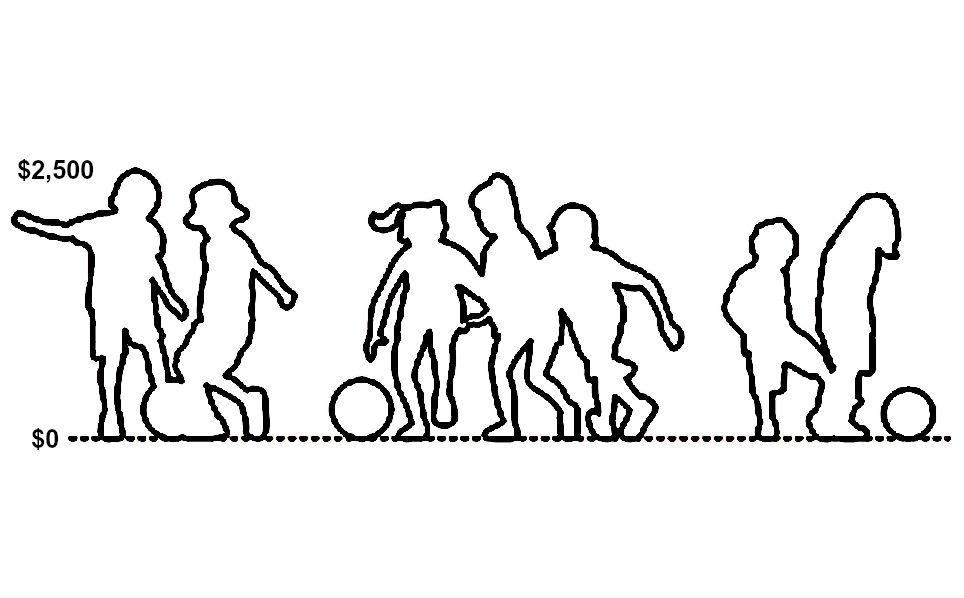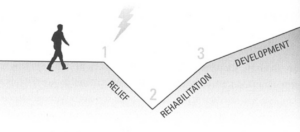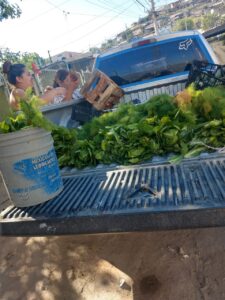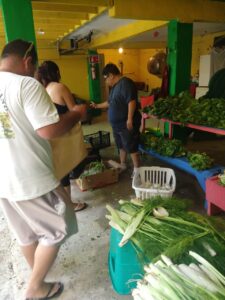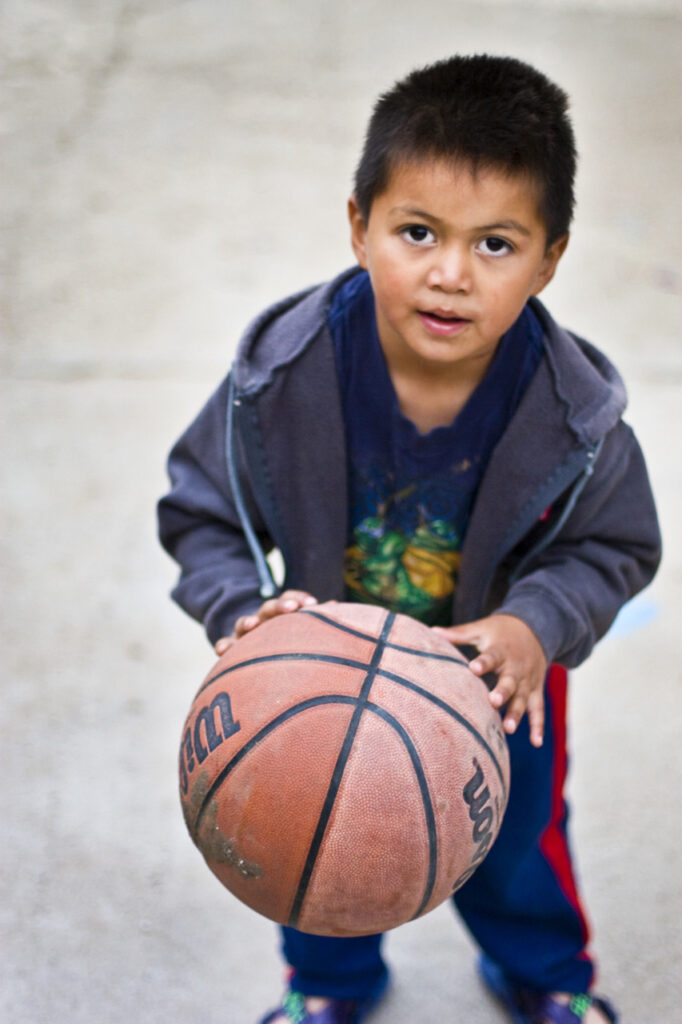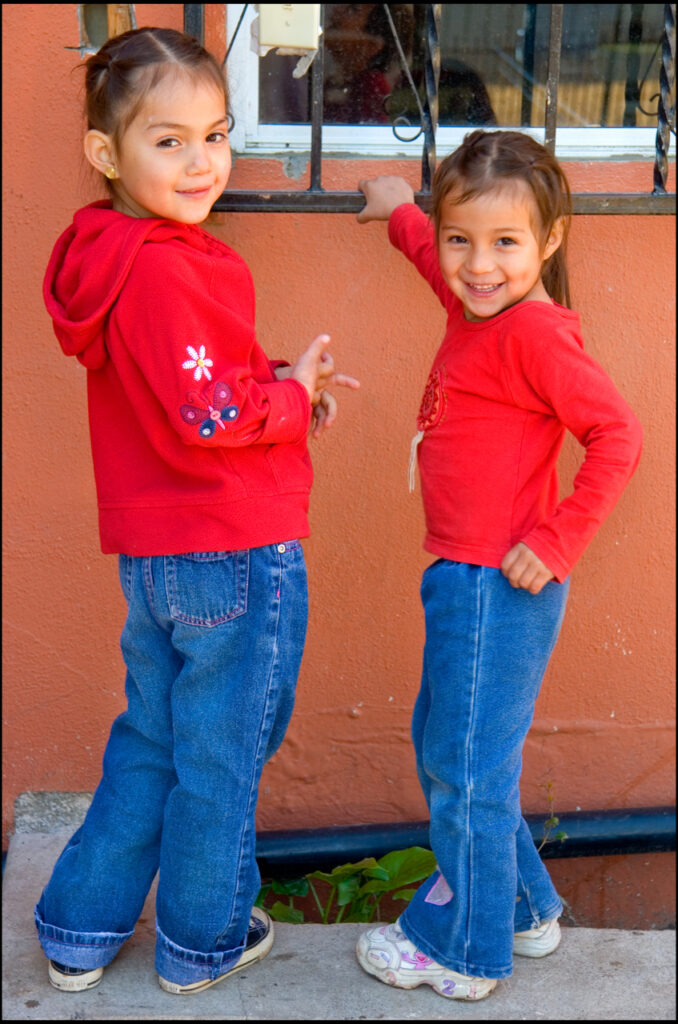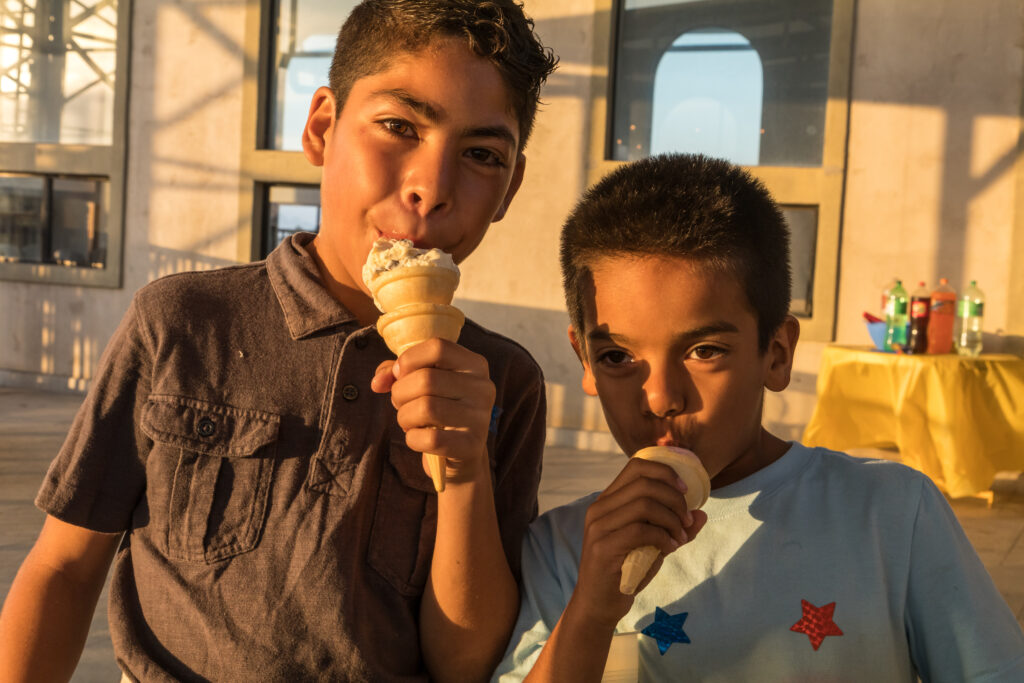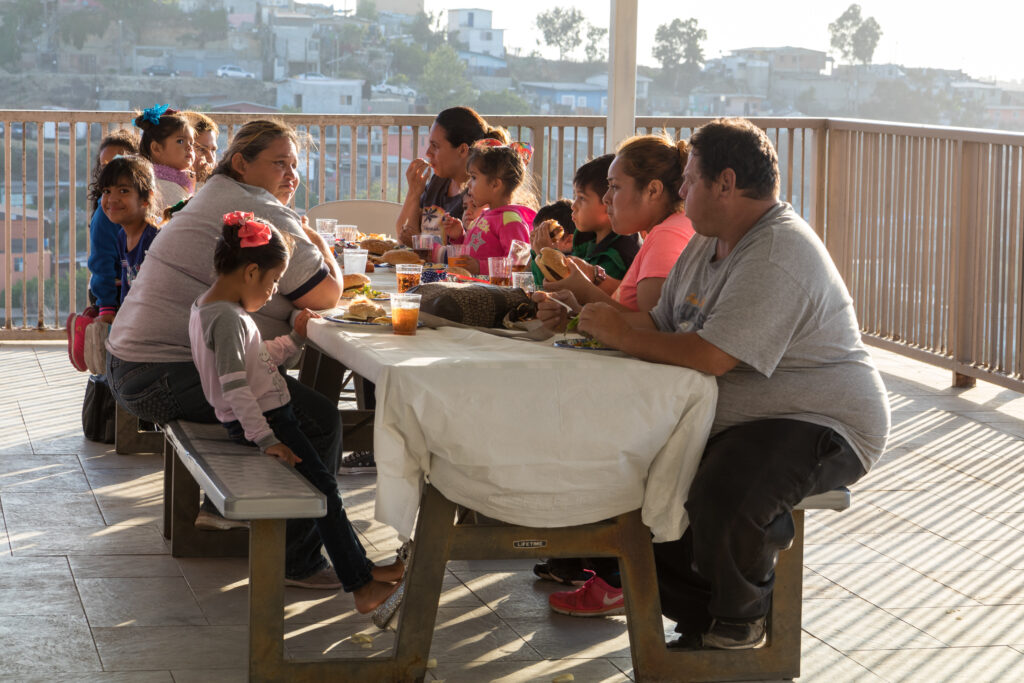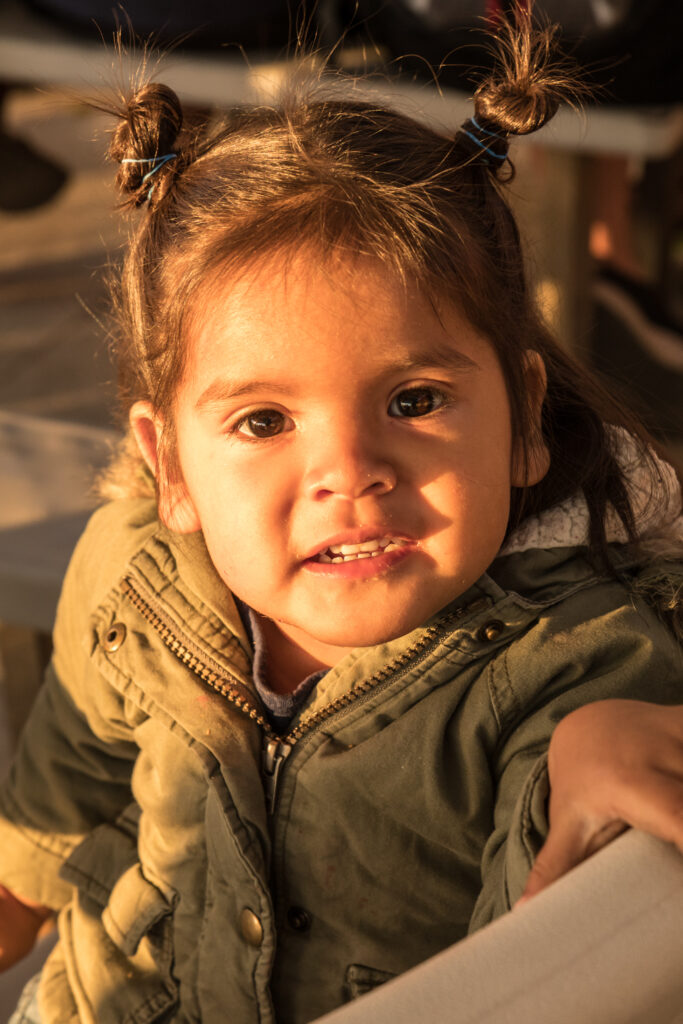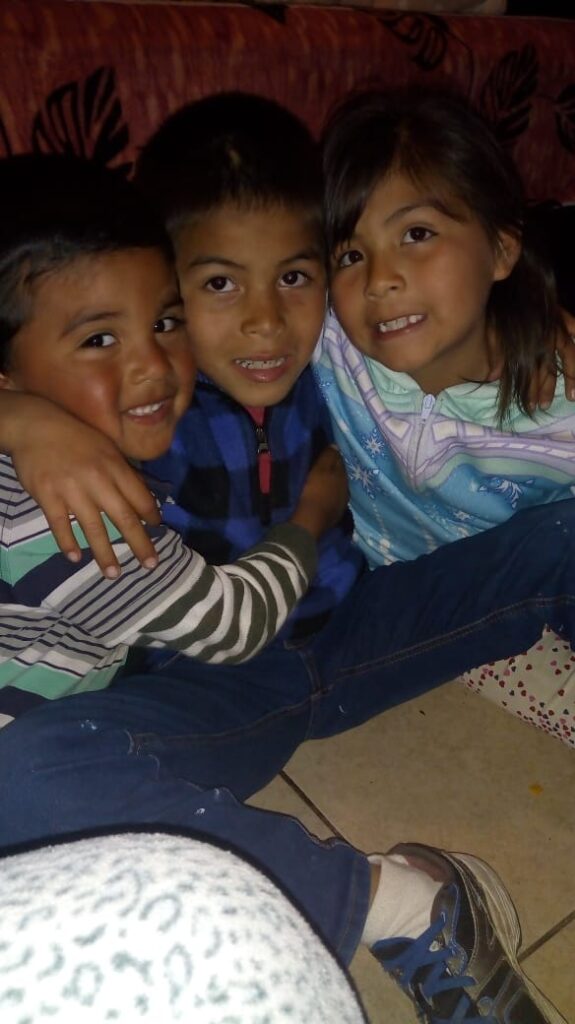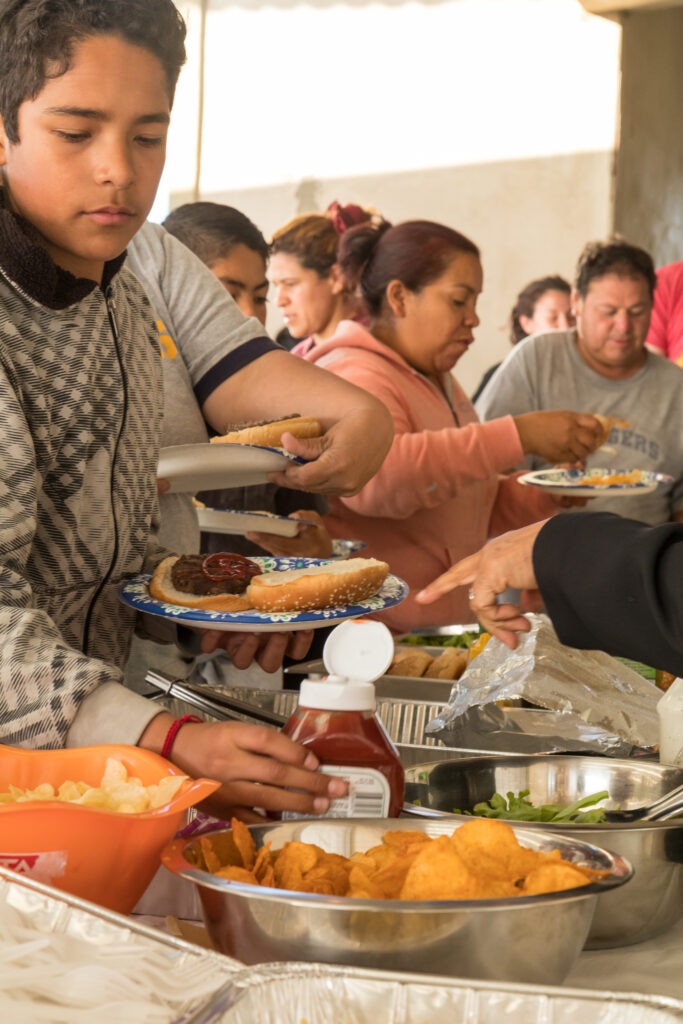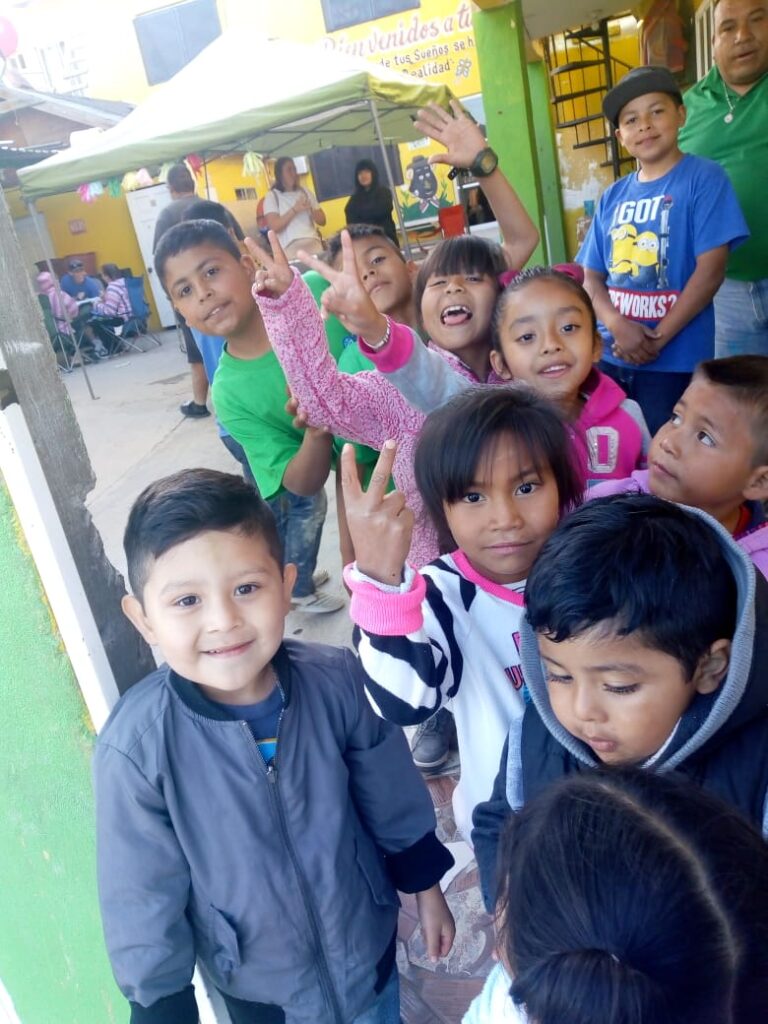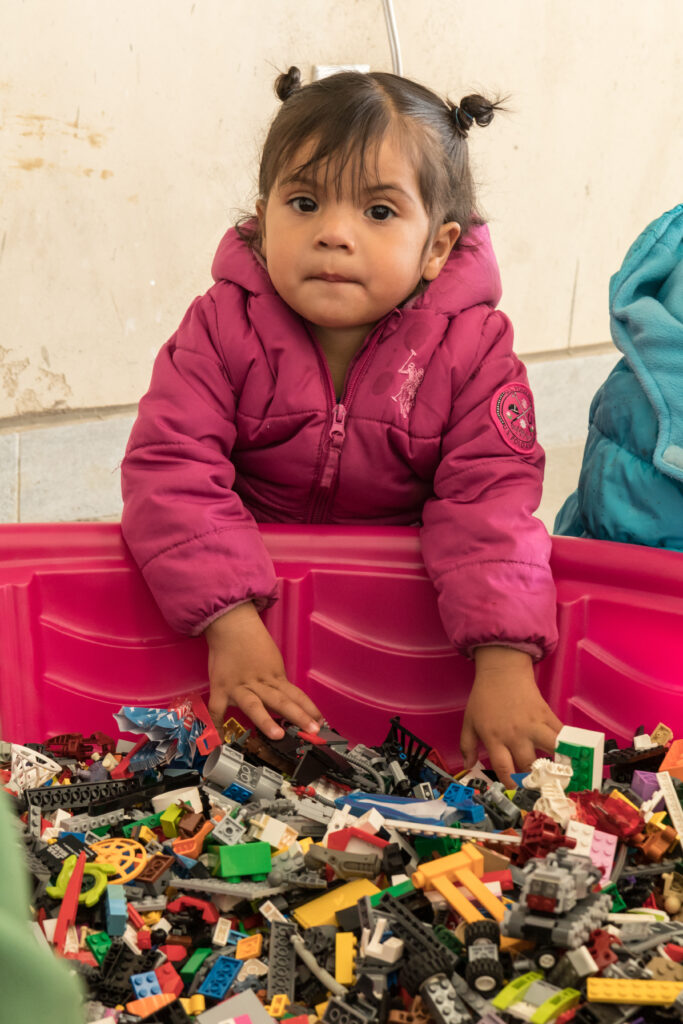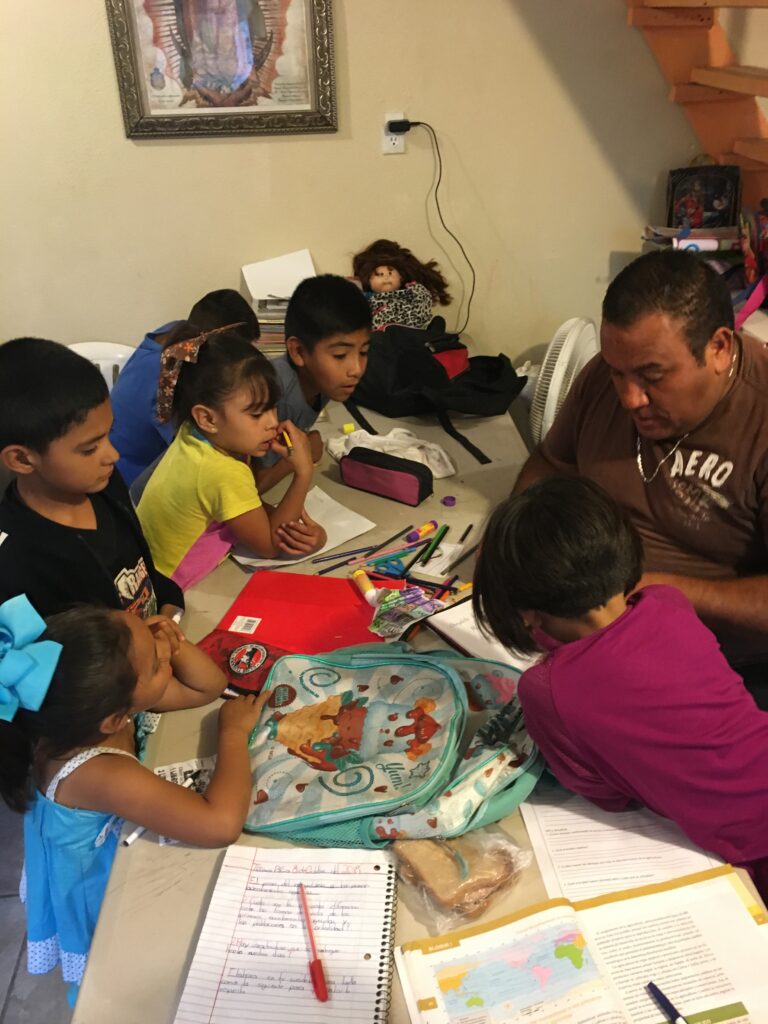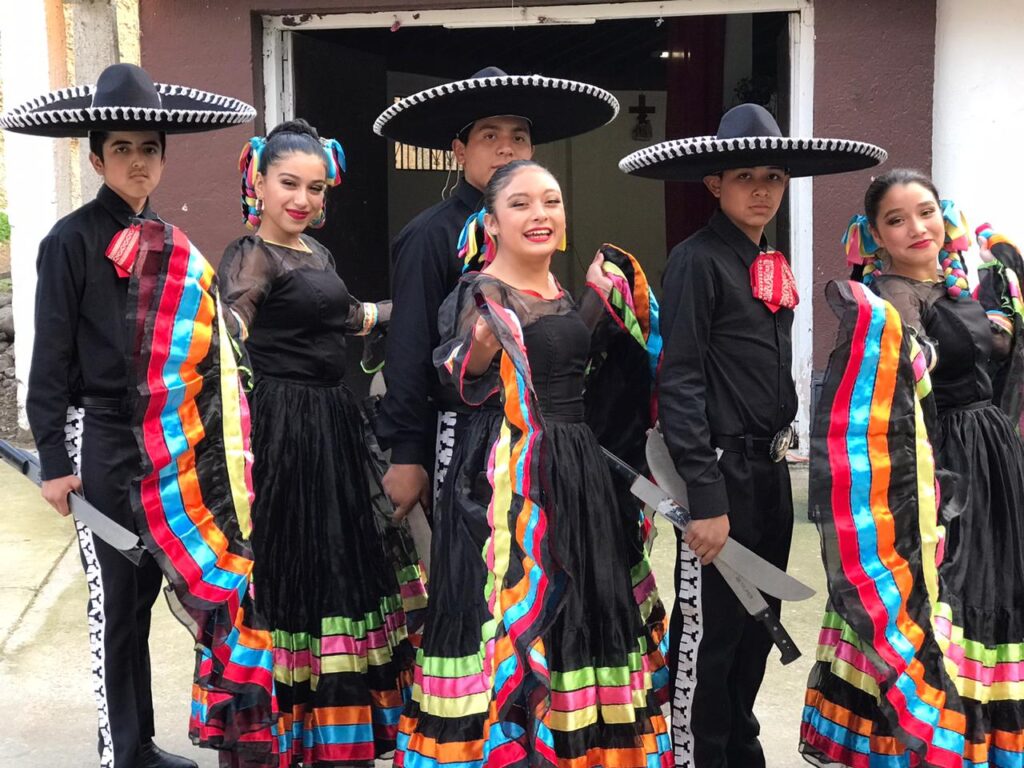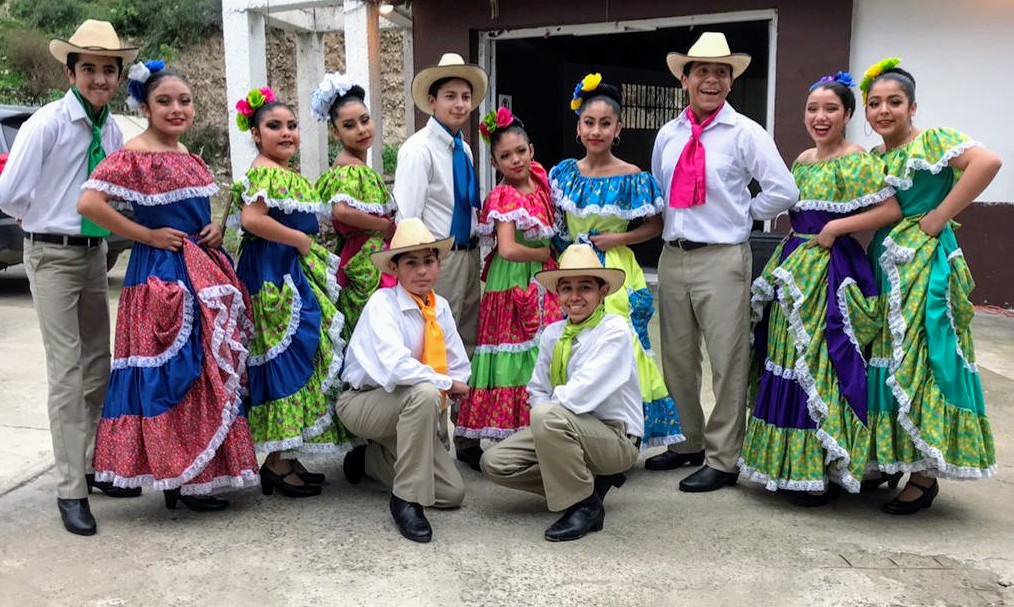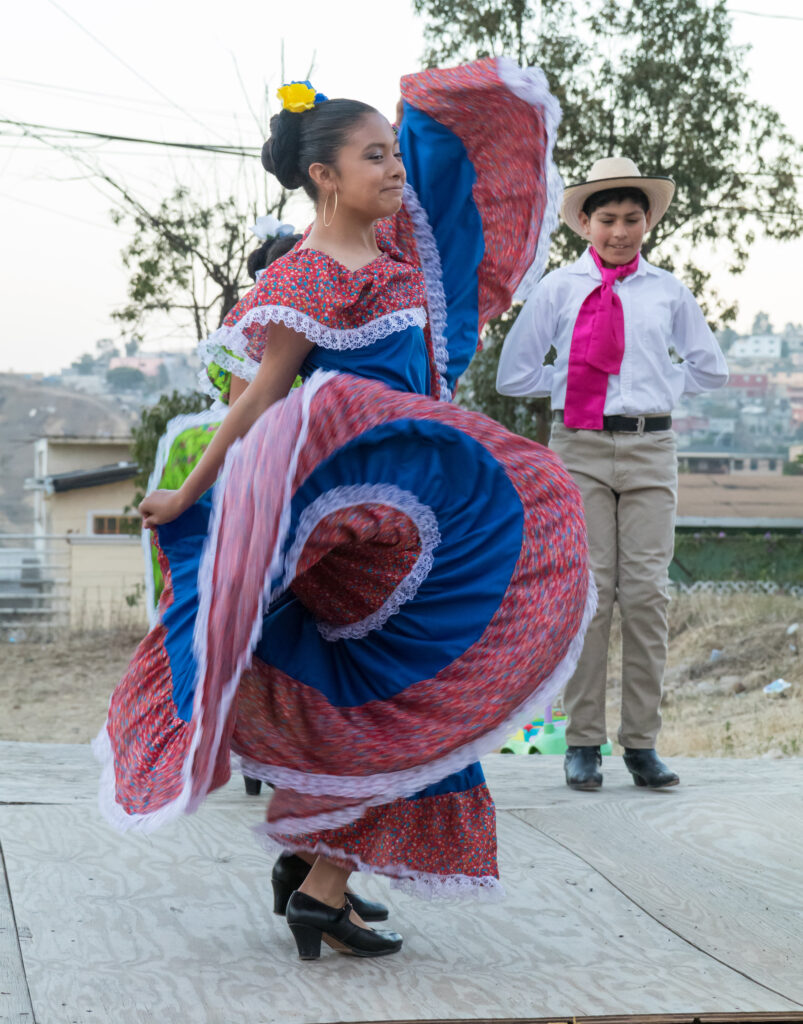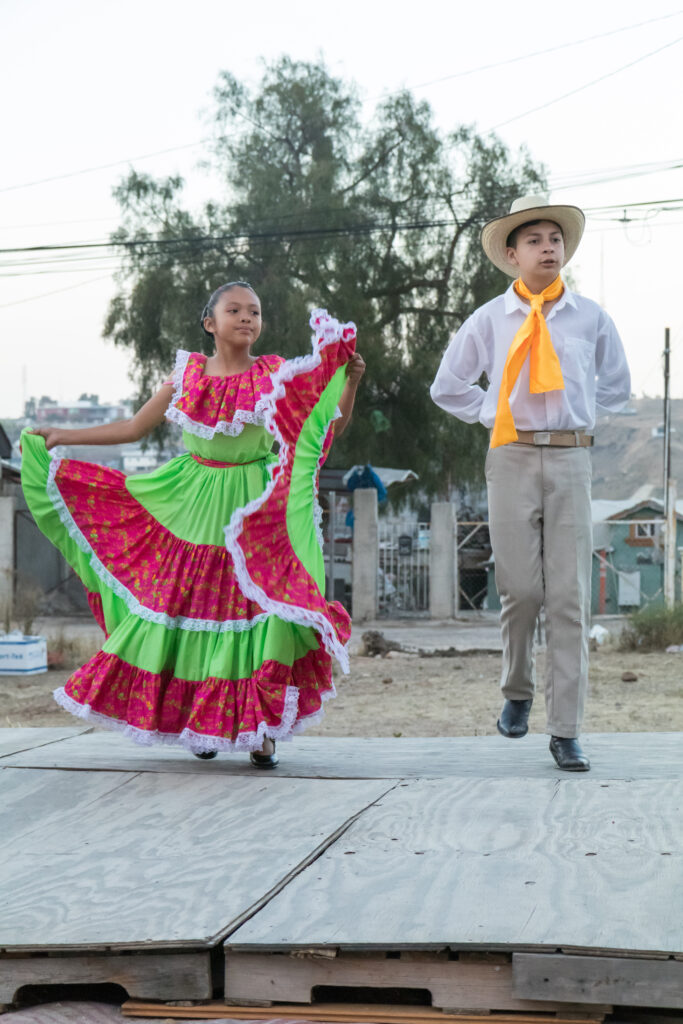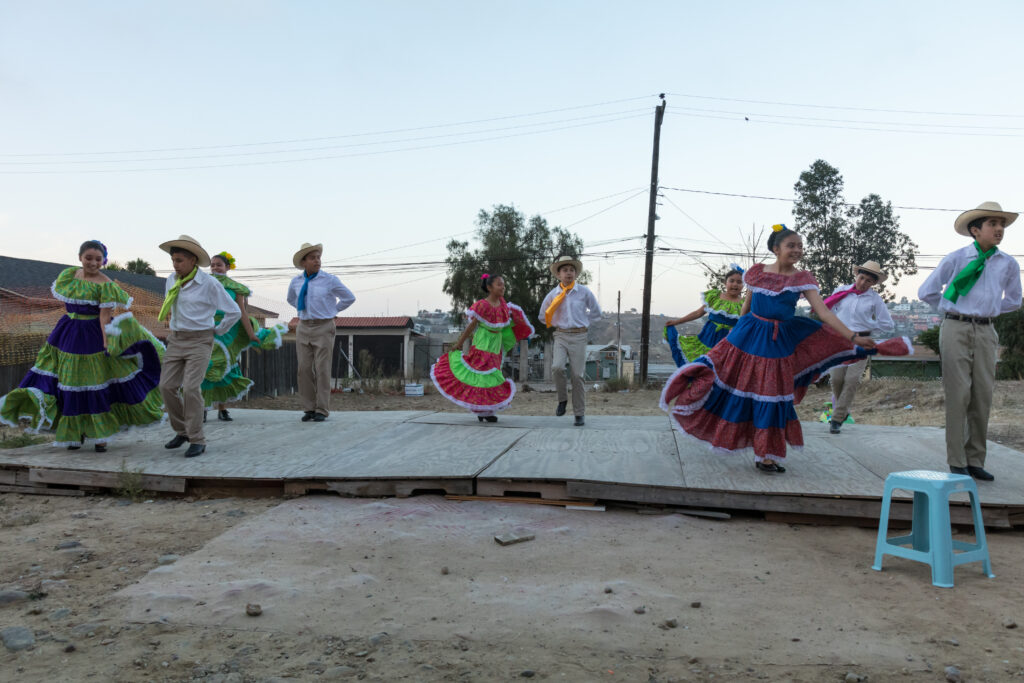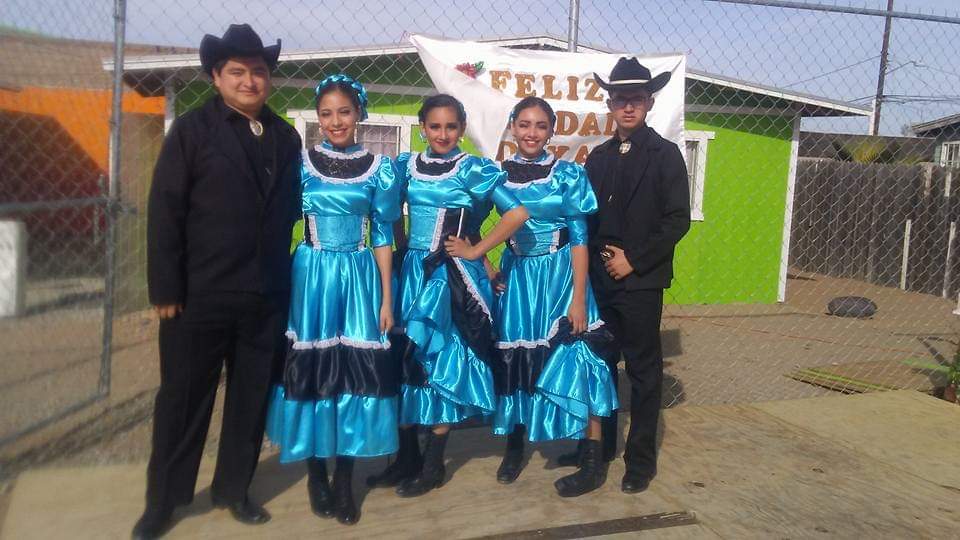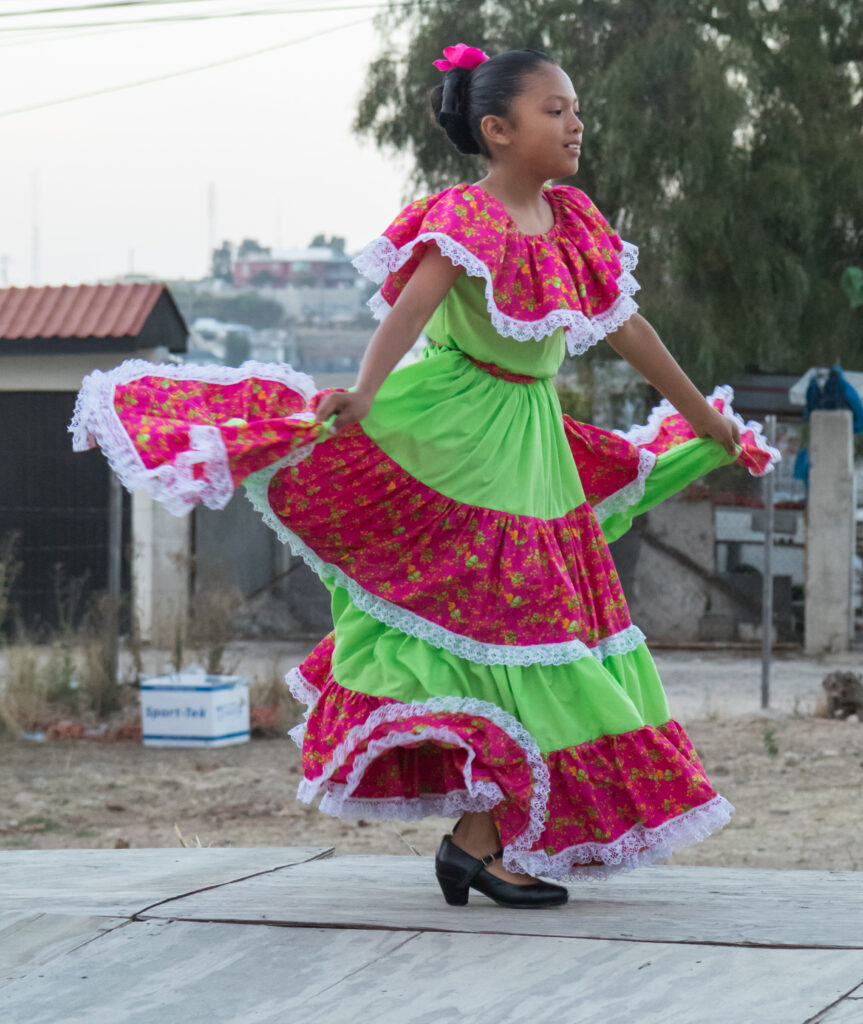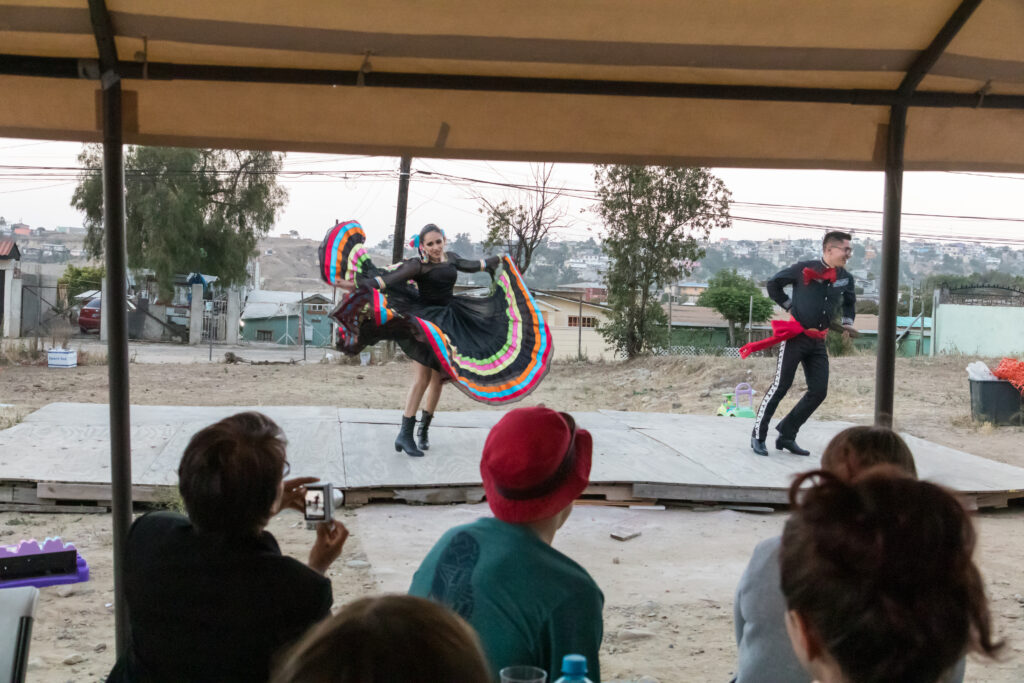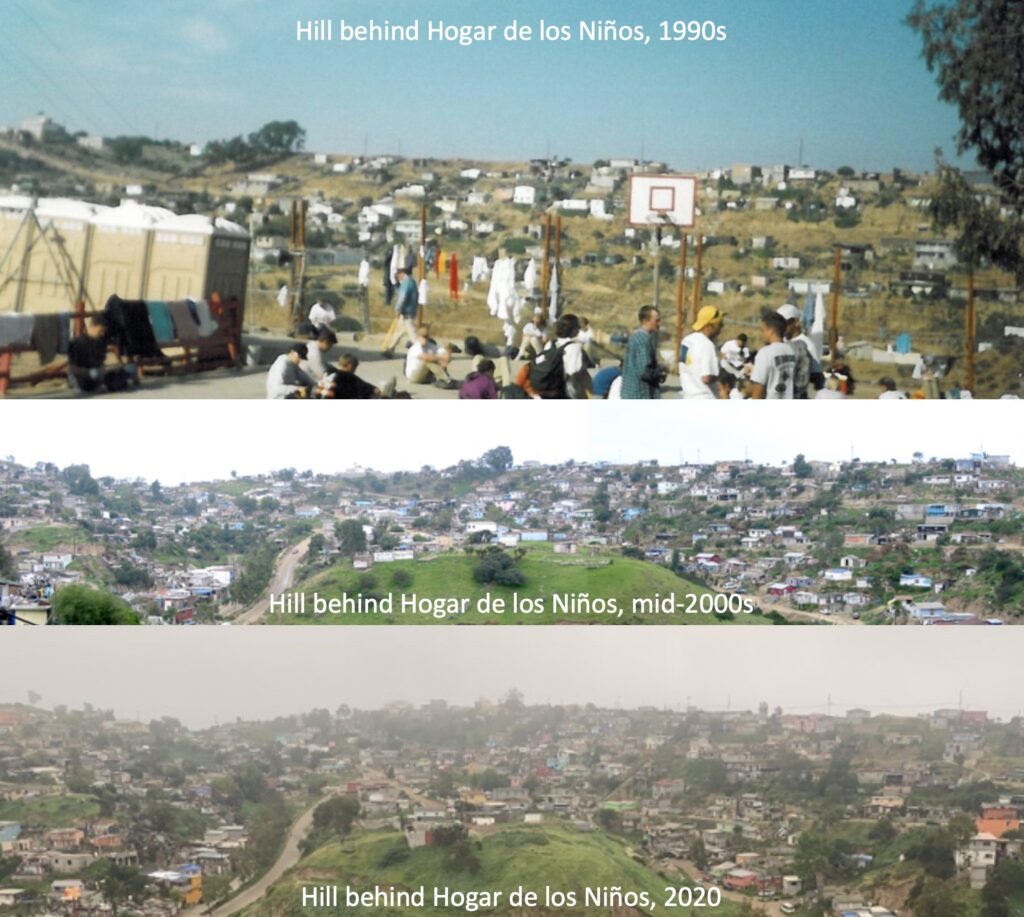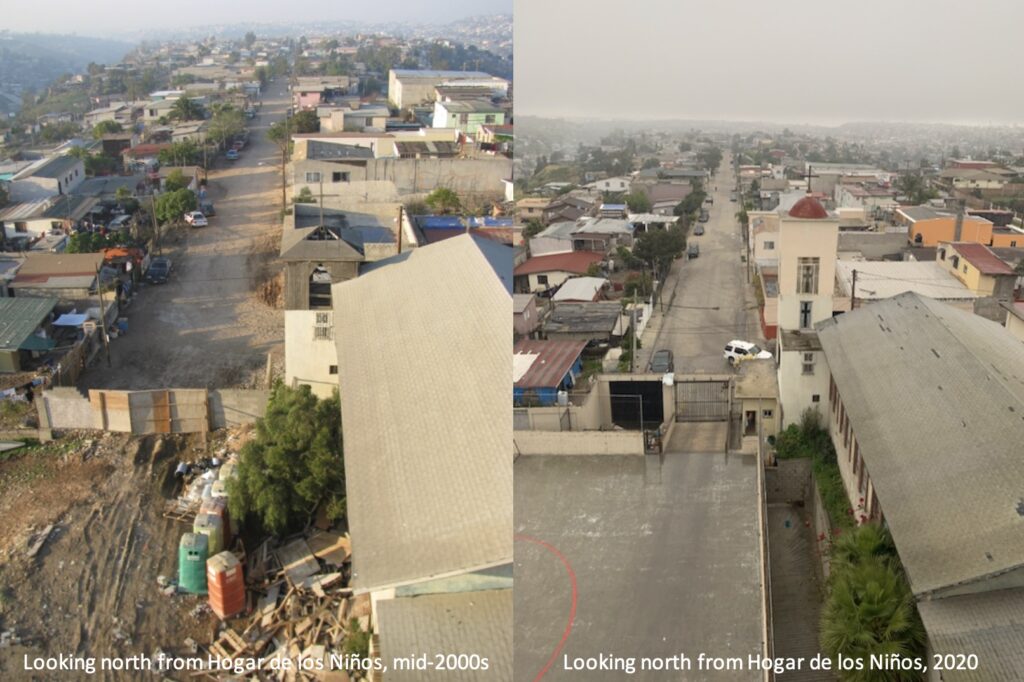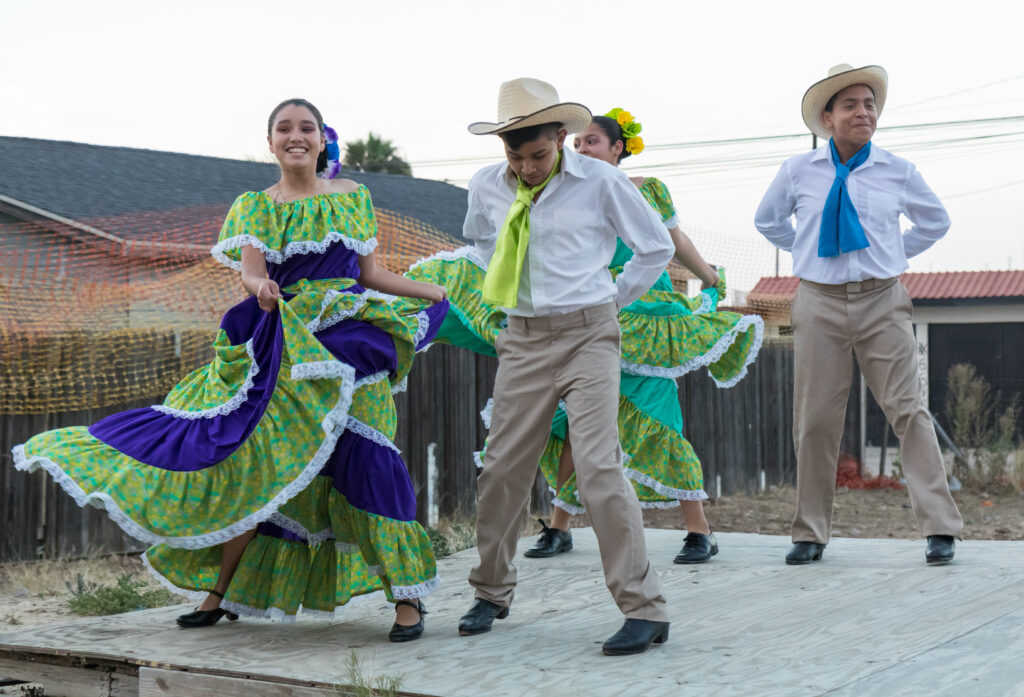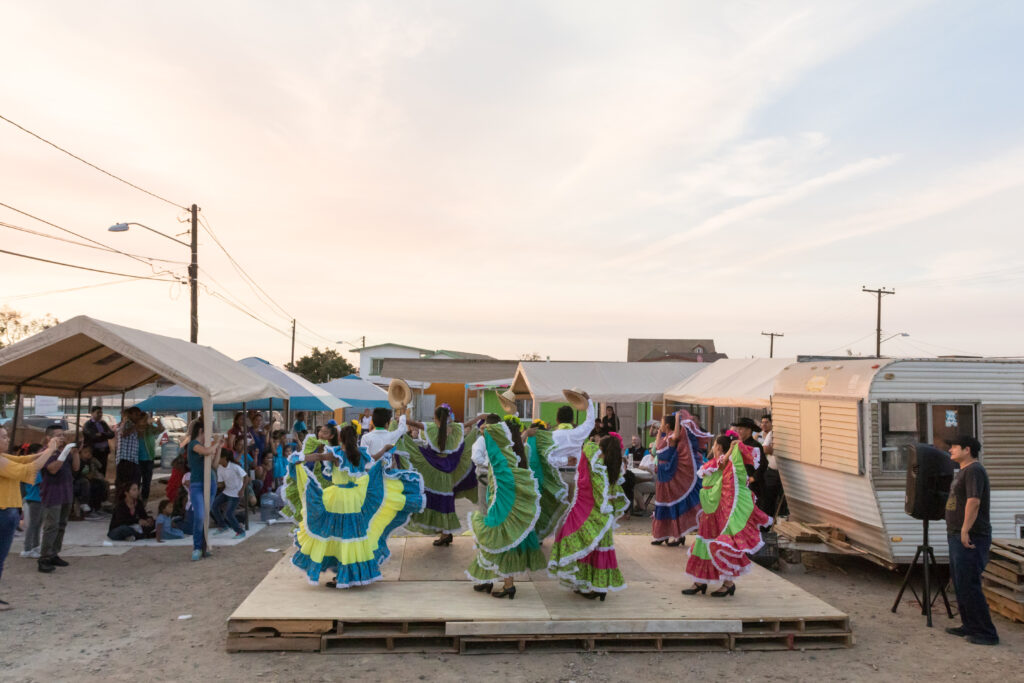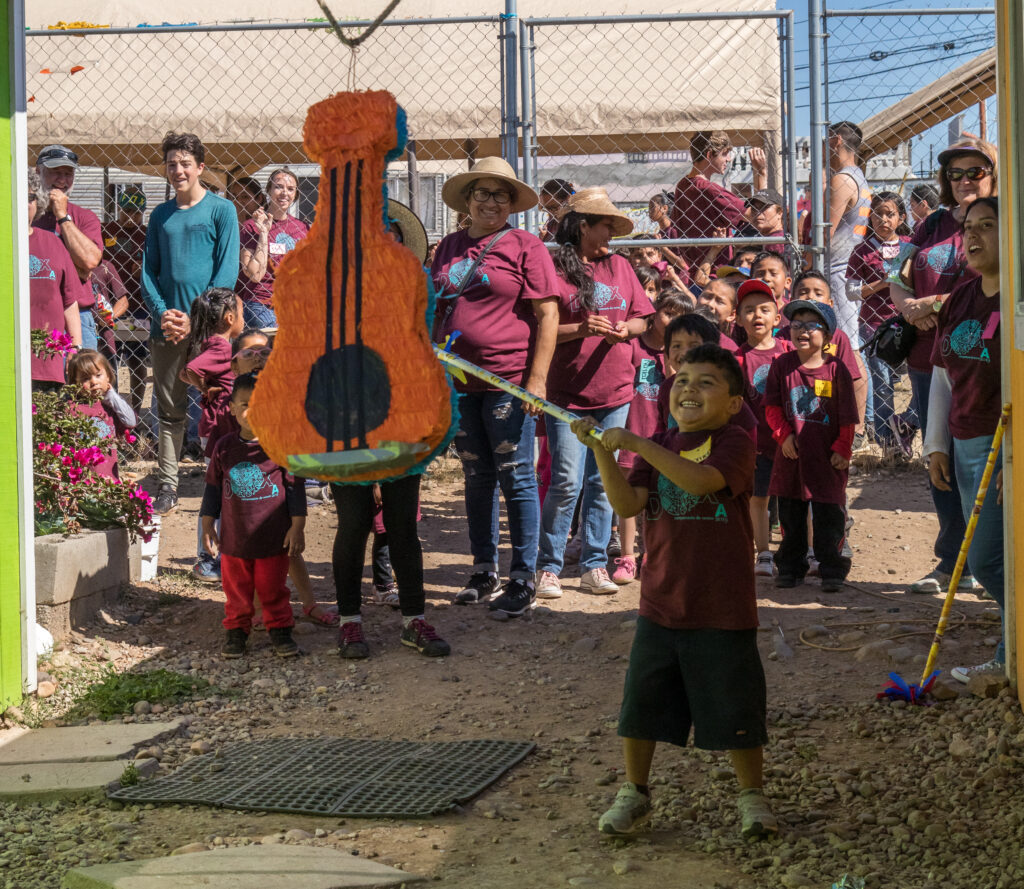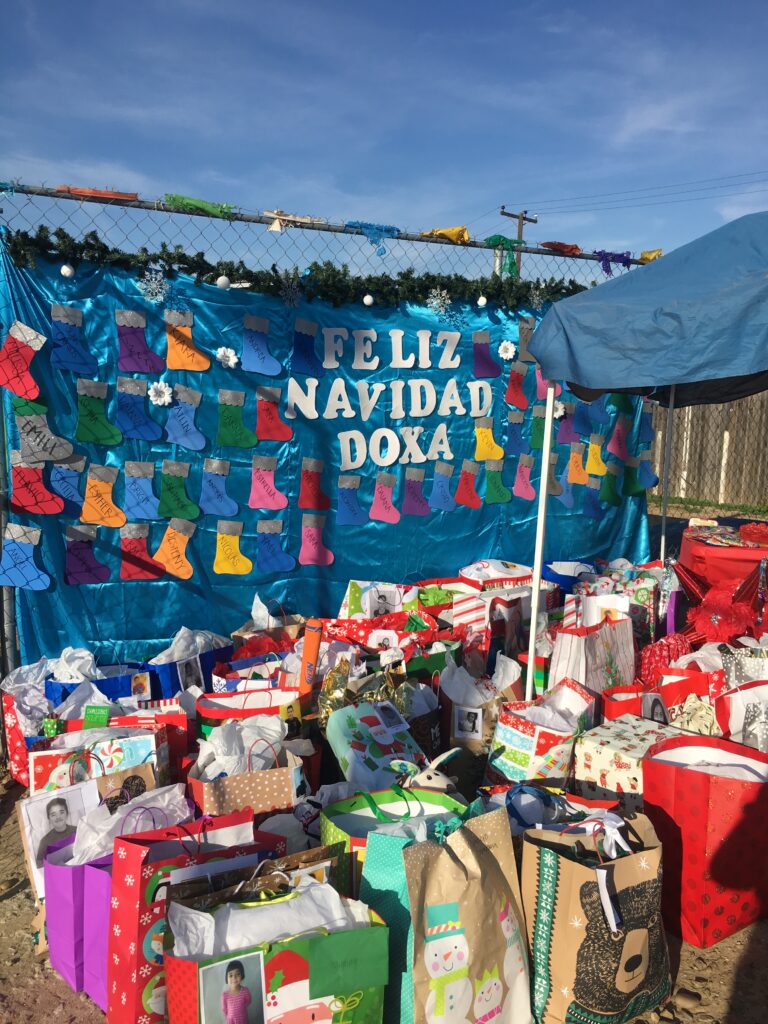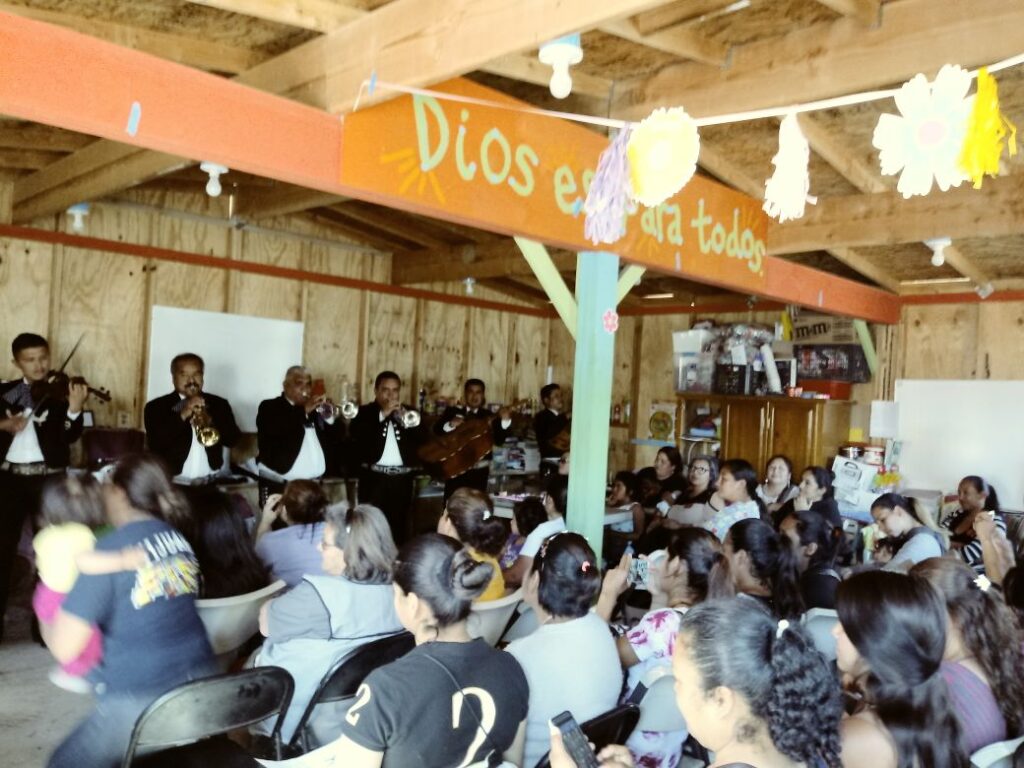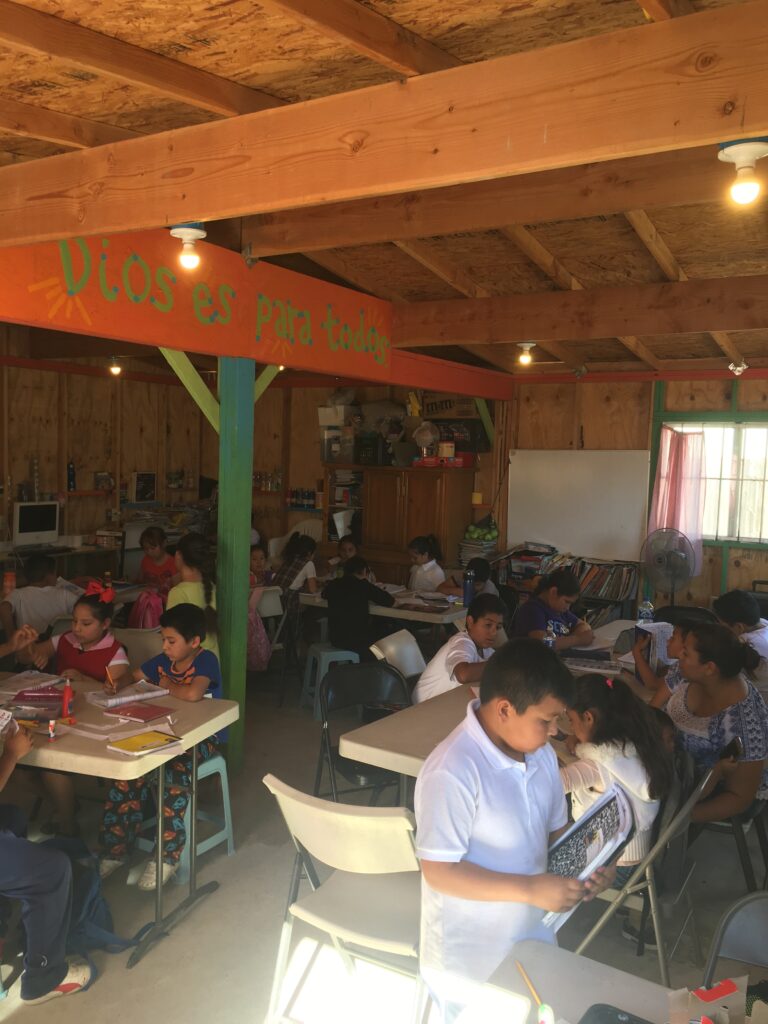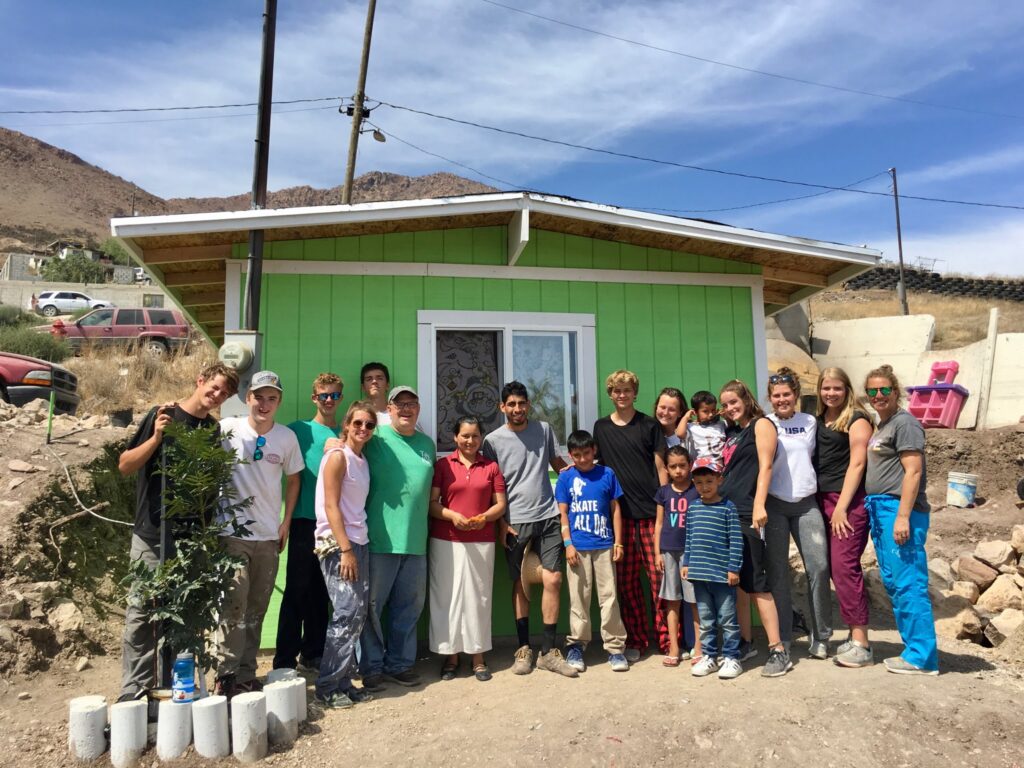If you haven’t met Maria yet, here’s your chance! She is the director of Unidos por Siempre orphanage and Doxa’s house building manager for East Tijuana. Her words and interview below have been translated from Spanish to English.
My name is Maria Esther Figueroa Torres and my motivation for doing everything I do is my family, love of kids, and becoming a better person every day. I am originally from Tijuana, Baja California and what I like most about this city are the traditions, food, and people that live here.
How did you learn about working in orphanages?
Initially, I worked as a volunteer at Hogar de los Niños where I did all sorts of things like work with kids under 5 years old. It was then that my love and interest in working with kids started.
How did you end up in the Rojo Gomez neighborhood of Tijuana?
I ended up in that neighborhood because they (local land board) gave me the land to start a soup kitchen and all I had to do was construct a small house. I was already looking for somewhere else to go because of my poor financial situation and domestic violence situation with my husband.
Why did you decide to work with kids and open Unidos por Siempre orphanage?
Because I thought about my kids growing up, how I had difficulties in providing food and supporting them in their studies. So I thought about helping other kids have better possibilities for school, food, and a dignified life.
Since you’ve lived in Rojo Gomez, how have you seen the community change?
I’ve lived here since 2002 and was one of the first people to move here. There have been great changes and I’ve helped to work with the government to build local schools and install running water. Working with Doxa, we’ve been able to provide dignified housing to families.
What are the primary needs of people in Rojo Gomez?
The most important needs are quality food, street pavement (or street grading for dirt roads), street lights, and quality houses for families.
What do you like about your work with Unidos por Siempre?
I like to see the evolution that each child has after receiving the attention, love, and space to live freely. That they are converted into educated professionals that will have a positive impact on their community in the future. I also enjoy seeing how families react in their new houses and the ownership they have. This makes the community better little by little.
During this time of sheltering in place due to COVID-19, what have you learned about yourself?
I have learned more about each of the kids at Unidos por Siempre, the ways they live together and develop. My love for them and for this greater work has only continued to grow. I’ve realized that if anything happens to them, it also deeply affects me.
Before leaving, I’d like to thank God for putting you in my path and for helping Unidos por Siempre unconditionally. I’m thankful for the boost you have provided and knowing that there are people who care about our well-being is invaluable. I send you blessings and hugs from Tijuana.
